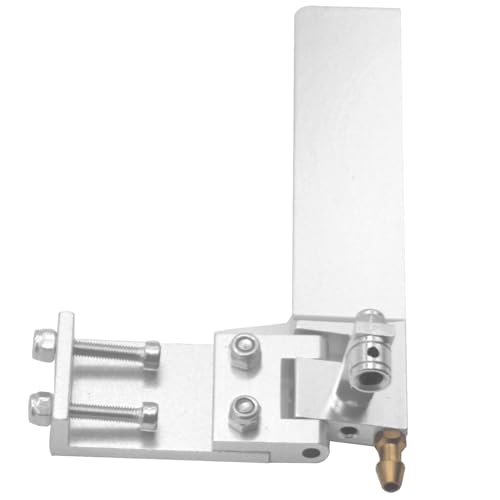- Joined
- Jan 2, 2006
- Messages
- 3,117
underneath the tub correct ? ( recurve )
and why did builders start to box in the stuffing tube and make it a ride surface, or ski ?
to remove the rear sponsons ?
and why did builders start to box in the stuffing tube and make it a ride surface, or ski ?
to remove the rear sponsons ?












































